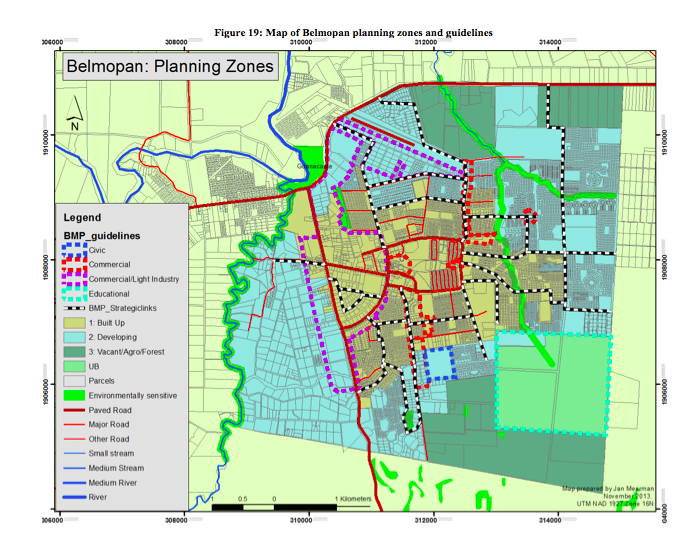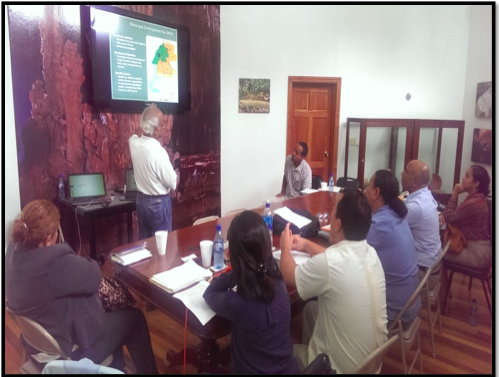Planning is a dynamic process aimed at improving the quality of life of people and their communities by creating more convenient, equitable, healthy, efficient, and attractive places for present and future generations to live in.

Planning is a dynamic process aimed at improving the quality of life of people and their communities by creating more convenient, equitable, healthy, efficient, and attractive places for present and future generations to live in.

Urban and rural planners are skilled professionals in the built and natural environment. They promote sustainable development.
Planners have a broad overview and understand how places work and what they need in order to function better. They are at the heart of development and work with other professionals (for example project managers, architects, engineers, surveyors, environmentalists).
Planners also collaborate with decision makers (politicians and legislators), stakeholders and local communities to create and implement long term visions so that places provide for people’s needs, function better, are healthier, economically viable and adaptable to change as well as protecting the environment. Planners help guide development by creating plans and policies for areas.
Excerpt from ‘Delivering Better Development-RTPI’ accessible from Knowledge Center
1. Planners reduce the vulnerability of people, buildings and infrastructure and eco-systems to natural disasters by carefully planning where new communities are built, and how existing communities are re-vitalized and renewed, and by working with municipalities in the enforcement of zoning and building regulations to achieve this.
2. Planners create environmentally-friendly communities by designing environmentally-friendly forms of transport and sustainable buildings, and conserving cultural heritage and environmental assets for efficiency and more economical city forms
3.Planners reduce the formation of new ‘squatter’ settlements by designing for the intensification of activities and uses, the infilling and resizing of residential lots in serviced areas and informal settlements, setting growth limits for urban areas and for the enforcement of municipal development plans.
4. Planners reduce crime and violence and contribute to safe neighborhoods by planning a system of public spaces-libraries, parks, sports, urban gardens with sidewalks and street lighting and community policing for the urban area as a whole, that heightens attractiveness, adds value, improve public health and promote high business turnover
